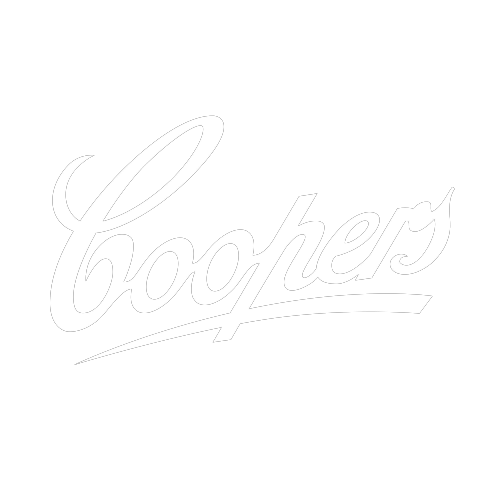Thao Nguyen Phan
Becoming Alluvium
9 October–18 December 20219 Oct–18 Dec 2021
Becoming Alluvium is the first exhibition in Australia by Ho Chi Min City-based artist Thao Nguyen Phan. This single-channel colour film is her most recent work and continues her ongoing research into the Mekong River and the cultures that it nurtures. Through allegory it explores the environmental and social changes caused by the expansion of agriculture, overfishing and economic migration of farmers to urban areas. Phan states, “In recent decades, human intervention on the river body has been so violent that it has forever transformed the nature of its flow and the fate of its inhabitants.”
Although non-chronological in narrative and associative in logic, Becoming Alluvium unfolds over three-chapters telling stories of destruction, reincarnation, and renewal. Bringing together a host of literary references from Khmer folktales, the poetry of Rabindranath Tagore, to The Lover by Maguerite Duras, and Italo Calvino’s Invisible Cities. History and mythology flow and ebb through this film, like the river it traces which snakes through Tibet, China, Burma, Thailand, Laos, Cambodia, and Vietnam. Combining self-shot footage, animation and found imagery, the work weaves narratives concerning industrialisation, food security and ecological sustainability with folklore and myth. The IMA is thrilled to present this contemplative work in our own river city.
Produced by the Han Nefkens Foundation. Thao Nguyen Phan is represented by Galerie Zink Waldkirchen.
-
-
Thao Nguyen Phan
Becoming Alluvium







